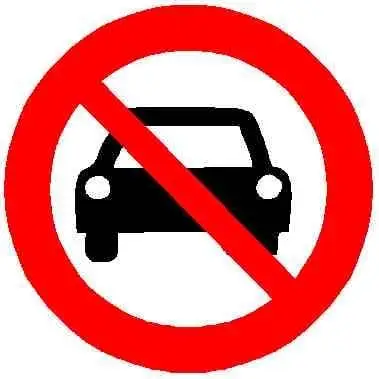Sometimes when watching videos on effective ways of public transport and trams come up, I get a bit annoyed at people not addressing the fact that they seem to share the road with cars. Why do people twerk for trams so much as a form of light rail if they share the road with cars and are subject to being affected by traffic? Doesn’t that just make them rail buses without their own bus lane? Doesn’t that make them more obsolete? Why do people like them so much?
Edit: Also, does anyone have any resources about the cost to benefit ratio of different intratown/city forms of transport (bike lanes, BRT, trams and other forms of light rail, subways etc)? Would be much appreciated.


They’re way better than buses. There’s a direct comparison here: Birmingham is a small city, including a plot of bus times vs tram times at different times of day.
I wouldn’t call Birmingham a small city haha, but thanks for this!
Edit: I am an idiot, I get what the link means by “Birmingham is a small city” after taking 5 mins to read.
Edit 2: Just taken some more time to read this and it’s gold, thanks for sharing. Really informative.
Calling Brum a small city is a stretch! Its the second largest in the UK
Maybe the link has some words behind it, that you could read?
i did its just 2 graphs talking about times to Strichly and wedensbury, which dont sound like Alabama to me.
There’s two links there. One is to those graphs, the other is to the article.
Basically, they’re measuring the population that’s within a 30 minute public transit trip of the center of the city. Because the city relies mostly on slow busses that get stuck in traffic, the number of people who can reasonably commute to jobs in the center of the city is about half of the nominal population of the city.
Larger cities are more productive per capita than small cities due to economies of agglomeration. Birmingham’s productivity is well below what it should be given its nominal population numbers, but if you use the number of people within a 30 min bus ride of downtown at peak commute times then it’s on the lower end of normal.
I didn’t see the first link, they were lined up under each other on my phone so I saw them as a single link, my bad. It is an interesting article, though I’d prefer to see the analysis done or more than one city before taking it as more than a curiosity. That title is atrocious though, it gives away nothing about the content of the article and makes a seeming factually incorrect statement.
You didn’t even read to the end of the bit I quoted in my post, let alone the whole article.
If you want to have a large city comparison, look at Berlin.
Berlin was divided after WW2 until 1989. West-Berlin, like most of West-Germany, removed all of their trams and replaced them for individual car use and buses. East-Berlin largely kept their trams.
The difference between trams and buses are huge. The „schedule“ of the major West-Berlin bus routes have become a running joke among Berliners: „You’ll wait and wait and suddenly there’s a herd of them!“. It’s bad. Really bad.
Trams are the reason I live in East-Berlin and would never, ever move to West-Berlin.
Once again, Birmingham is not a small city. It’s a very big city but its reliance on buses makes it effectively much smaller than it could be because the commutable zone shrinks with the slowness of the buses at rush hour. Hence the snappy title of the piece I linked.
Berlin is an excellent additional example of the effect on a big city. Thank you.
Yeah, I know Birmingham, I just went with the joke, sorry. Maybe should have added some air quotes.
Berlin is only „big“ because it gobbled up a lot of area in the past. Outside the central districts it‘s often just suburbs or even literal villages. and the public transport becomes… limited… 😬
I guess a more honest comparison would be the West Midlands, roughly the same size, population close to 4 million (Berlin) vs 3 million (West Midlands).
Still though, Berlin is a very interesting example not just with regards to public transport, but also with regards to housing, street lighting, etc. Really impressive what a mere ~40y of differences in government policies can accomplish.
Its a terrible title, as you can see from the multiple people who misunderstood it. Interesting article though.
It’s a very good title.